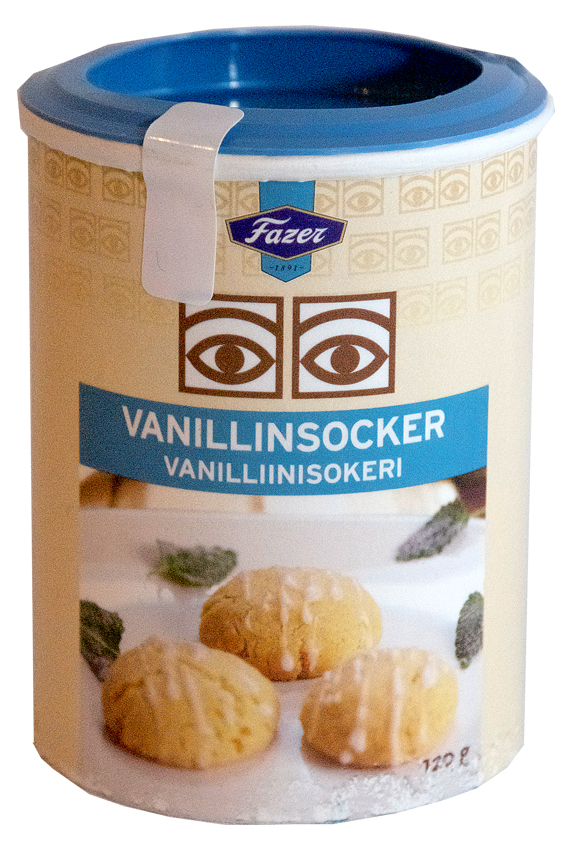 My grandfather (center)
My grandfather (center)
I was never into genealogy; that was my dad's thing, but he somehow managed to get me involved, one way or another, over the years.
Pappaw's WWI Journal
For example, when I was a teen he had me transcribe the little journal my grandfather Edwin Albert Anderson kept while he was trudging across France in the winter during World War I.
I painstakingly copied out those entries, which were terse and unembellished due to my grandfather's absolute physical exhaustion every day. He and his platoon marched miles in the rain and snow, dug miles of trenches, they stopped to get "deloused," they ate, and they slept.
There was no trace of my grandfather's gentle humor in those entries, nothing of what I remembered of my comfortable, smiling blue-eyed Pappaw, who had passed away when I was 7.
The Swedish Patrinymic Naming System
Some other project I did for my dad brought me into contact with the next generations back, Pappaw's parents, Augusta and Adolf Anderson, who came to America in the late 1880s, and their parents, who stayed behind in Sweden, and several generations before that.
And it was there in those records that I discovered something interesting that had a lasting impact on my life: the Swedish naming system, whereby children take as their last name the first name of their father + a possessive S + the word "son" or "dotter" depending on the child's gender. Andersson, Johansdotter, etc.
I looked up from my paper and thought with a smile, my name would be Karol Eddiesdotter.
Then suddenly it occurred to me
, "Why is our name Anderson and not Andersson?"
When We Lost Our S
I searched through the records and saw exactly when that S was lost. It was when Adolf came to America. At the time, I thought some careless customs officer had misspelled Adolf's name and that some
clerical error had followed my family, generation after generation to this day.
Within a year, I had changed my own name, first informally and later officially, to Andersson.
No one in my family batted an eyelash about this change, no one told me I was being disloyal to my family. To this day, everyone in my family, whose name is Anderson, spells my name Andersson. I love my family for that
But the story doesn't end there.
Lost Name, Found History
Much later, when my feminist principles had been tempered by time, I got married and took my husband's name for exactly 7 years. It was remarkably easy to change my name to his. Just show up at the social security office with a marriage certificate and
wham, my name vanished like smoke.
It was during those years that I became interested in my Swedish heritage. It started as a hobby when I returned to college. I needed to furnish a cheap little Victorian apartment that I was going to occupy during the week while I attended school in Arcata. Because I had to furnish the place on the cheap, I patronized garage sales and thrift stores.
I found myself attracted to a certain kind of decor, which I didn't at first even recognize as Swedish kitsch. I would find something cute -- say, a colorful teakettle with "
Kaffetaren den basta ar av alla jordiska drycker" (Coffee is the best of all earthly drinks) printed on the side -- and think,
"Aw, this reminds me of my grandparents."
Soon my little apartment looked a lot like my grandparents' house, as does my apartment to this day.
Swedish Diaspora
Soon I began to study the Swedish language and culture. It became my hobby. Every time I got in the car to go somewhere, I was listening to audio recordings of Swedish language for beginners.
I also learned about the Swedish diaspora of the late 19th century and the social forces that drove more than a million Swedes (a third of the population) to the US: famine, loss of land, attractive opportunities in America, attractive ads offering jobs, jobs, jobs in places like Pennsylvania and Illinois, where Adolf and Augusta wound up.

Since Ellis Island did not open until 1892, I realized that Adolf and Augusta had entered the country (separately, unmarried, perhaps as strangers) at
Castle Garden Immigrant Station.
Augusta made the journey with her younger brother, Algot. The two were coming to join their elder brother Bengt in Illinois.
A Likelier Story: New American Names
I began to see the story of our lost S in a whole new light, as more than a careless bureaucratic misspelling. Instead it probably went more like this:
After an exhausting passage, young Adolf who spoke almost no English was simply given his "new American name," Anderson. Maybe he was even proud; after all he was a young man, full of hope, setting out on the journey of his life.
But Augusta lost more than simply an S. The word
-dotter was removed from her name, replaced with
-son, which must have seemed odd to her, but then again, maybe exciting too, this new American name.
I have taught ESL and have seen more than half my students assign themselves an "American name." Attached to this impulse are probably the notions of
fresh start, new identity,
breaking with the past,
forward progress and
individualism.
The Irony of Going to Sweden without my S
In 2009, I went on a trip to Sweden without my name. It was after my divorce but before I could complete the name change process and regain my name.
Oddly, the process for changing your name after a divorce is much harder, involving $300 in court fees, a legal advertisement in the newspaper for six weeks, then a court hearing, then trips to the social security office, the DMV, the bank, etc.
So I had to go to Sweden with a name that said absolutely nothing about who I am, not only without my precious extra S that identified me as a Swedish American, but without even my Americanized Swedish name.
It was my dad's genealogy projects that allowed me to wind up in Sweden. I was in search of some information for my dad, and the amateur genealogist who translated the parish records for us also hosted my visit there.
He showed me many historical and relevant things that allowed me to understand the emigrant experience. Yes,
emigrant, not
immigrant, because suddenly I saw Augusta's and Adolf's stories as stories of leaving Sweden instead of stories of arrival.
Found in Translation
Over time, I have formed a special bond with these ancestors I never met, particularly Augusta who fascinates me enough that I have a whole story in my head (part fact, part fiction) that needs to get written one of these days.
The next project my dad gave me felt climactic in a way I can hardly describe, as if everything I had discovered, however serendipitously, led to a single, seemingly modest but deeply meaningful activity.
My dad sent me a letter to translate, a letter Augusta wrote in 1930 to her son, my grandfather Edwin. It was several pages of scrawled, often misspelled Swedish that tested my translation skills. I labored over it for a week, calling on every Swedish friend I had to sort out the meaning of certain phrases.
What I learned was that Augusta was an ordinary woman, a grieving mother whose youngest child had just died in a car accident when she wrote that letter. Her grief is nearly unbearable, though she barely hints at it as she writes matter-of-factly about practical things.
She is a wife trying to make ends meet, missing her other son who lives far away in Texas, sending a sweater to her dear little grandson, my dad.
I know what it's like to worry about your youngest child. I know what it's like to miss your grandchild. I know what it's like to worry about the future.
So in a sense, it was that first colorful little Swedish tea kettle I found on a dusty shelf in a Eureka thrift store
led me to my great-grandmother.
And the force of my father's continual interest in family history has kept me safely tethered to my family in spite of distance and time.
It was an odd roundabout journey and it's hardly over.
But that's another story.

























